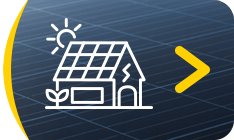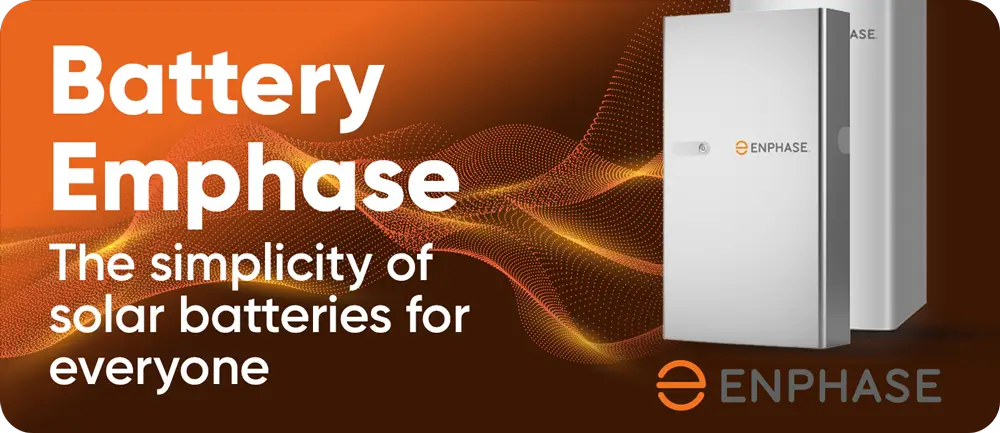- 27 Sep, 2017
- Solar Training , Myths & Facts , Using and installation

The French government has decided to favour photovoltaic systems that are directly integrated to the building in its subsidies scheme. The bonuses for integrating solar installations to the roof or facade are not what they used to be. Nevertheless, the power produced by such installations resales at the best prices (for installations up to 9 kW). You should take this point into account when deciding on the intergration system for your solar installation. But are integrated systems really as attractive as they might seem?
Different intergration systems for solar panels
Several systems exist to integrate your installation into the structure of your home or office. The choice between them is made in particular according to the type of roof, but also the price you can invest.
- System of integration ofclassic solar panels: instead of being superimposed on your roof, the panels will be integrated directly into your structure or even your facade. It is one of the most expensive integration systems but it has many advantages that we will come back to. It is particularly suitable for sloping roofs.
- Photovoltaic roof tiles: this is a technology that is developing more and more and allows you to replace some of your classic roof tiles with their solar counterparts when you renovate your roof, for example. Although cheaper than panels, they remain an important investment. They are suitable for sloping roofs and integrate well with traditional roofs.
- Photovoltaic steel tanks: these are standard metal roofing tanks on which the photovoltaic panels are glued. They can be adapted to flat roofs and are widely used for industrial or commercial buildings. It is one of the cheapest systems.
- Photovoltaic membranes: it is the cheapest system. It is a membrane that can be used for insulation and is equipped with flexible amorphous silicon photovoltaic cells. It can be installed on all types of roofs.
The benefits
In addition to the advantage of the higher feed-in tariff, an integration into the building may be very interesting for the construction of a new house. This avoids the costs associated with traditional building materials and the costs of fastening systems for solar installations. For houses that have already been built, integration is more complex and can represent an additional cost because installation takes more time. This variable obviously depends on the integration system chosen.
With regard to the integration of conventional solar panels, the initial investment can be important because you must remove all the tiles and completely waterproof the roof again. However, the value added to your property when opting for this system is substantial.
For photovoltaic tiles, the initial investment is slightly lower, especially if the installation is done during a renovation. The solar tile has the advantage of being aesthetic; different shapes exist that allow you to choose the one that will be the most in harmony with your traditional tiles.
Steel tanks and photovoltaic membranes have the advantage of providing a dual function combining waterproofing and energy production. The membranes also have the advantage of adapting to any support, including rounded and almost unbreakable. They also have a good low light output.
More generally, the improvement of the various systems of integration to the building now makes it possible to adapt to many supports including glass. Many companies are equipping themselves with them and using their installation as an autonomous generator for certain electrical functions, such as the automation of blinds to manage the sunshine in a building.
The disadvantages
The integration of classic panels into your roof or facades poses two essential problems: for the waterproofing and for the performance of the panels.
Regarding waterproofing, some skeptics point out that photovoltaic installers are not roofers and that thus the final waterproofing of the roof is not always done as it should. So be careful here! Solar tiles, however, are supposed to be just as waterproof as traditional tiles.
The efficiency problems are mainly due to poor ventilation of the solar panels: A photovoltaic panel loses its power at a temperature above 25°. Conventional panels are ventilated on both surfaces, which is can not be the case with integrated panels.
Photovoltaic steel tanks and PV membranes have a rather low Watt peak/m² ratio. Also to obtain the same power, it will require significantly more surface area, up to twice as much for membranes that have a ratio of 45Wp/m² for an amorphous silicon cell efficiency of about 2% of the solar energy transformed into electricity. The steel tanks produce about 45Wp/m², which is still below the ratio of conventional panels, for an efficiency of 5 to 8%.
However, the rapid evolution of these technologies could in the medium term help to solve these inconveniences. Some manufacturers already include fans to solve the problem of regulating the temperature of the panels, even though their effectivness remains to be tested in the long run.
What do you think about integrated systems? Let us know in the comment section. We are looking forward to hearing from you!










